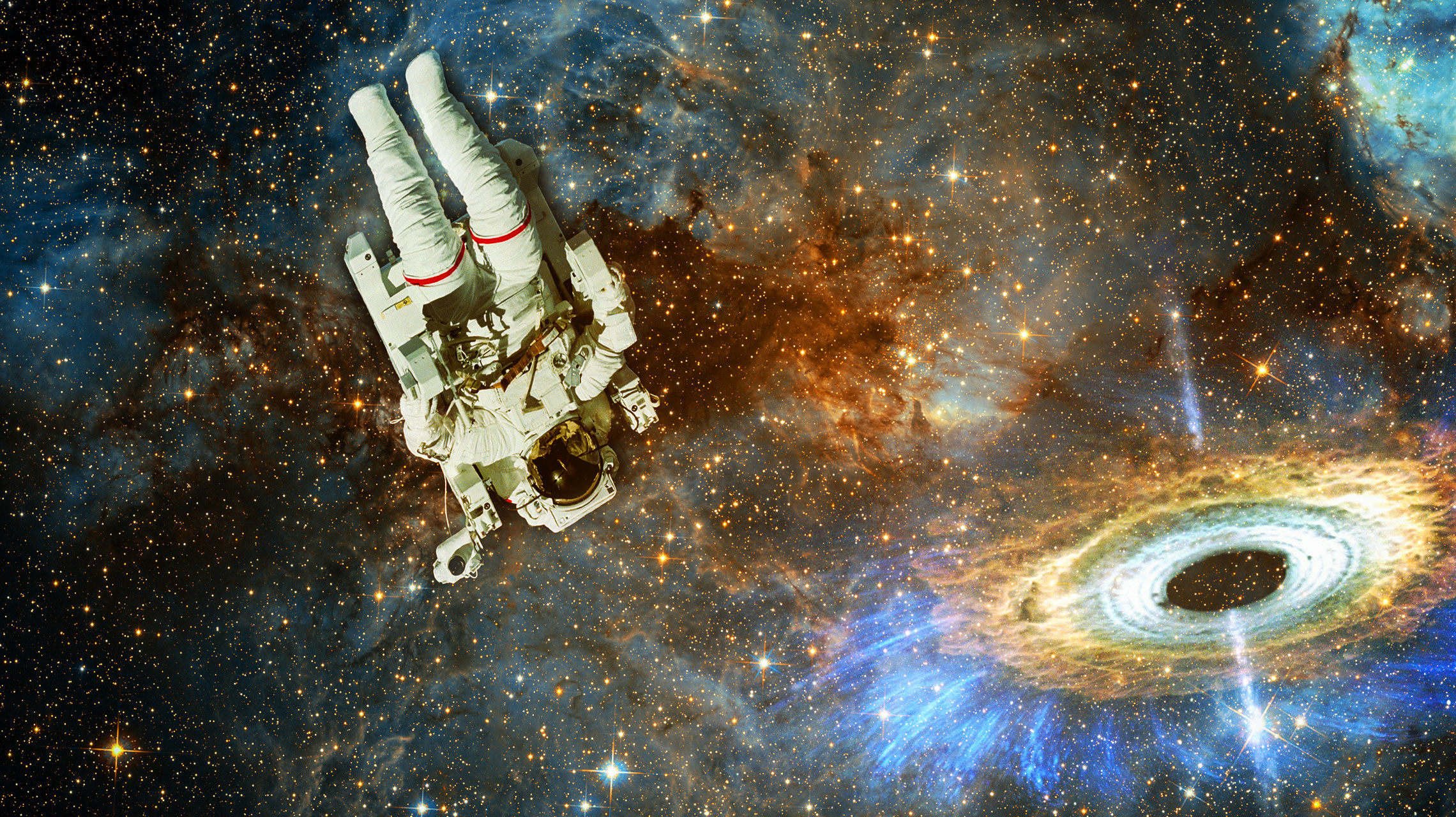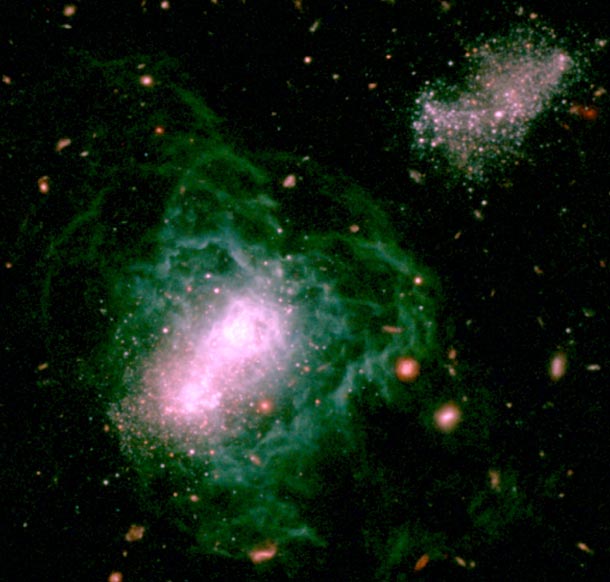Create a free profile to get unlimited access to exclusive videos, sweepstakes, and more!
Desktop Project Part 16: A dinky galaxy with a big gas problem

[This is another in a series of posts I'm doing to help me clear off the zillions of cool astronomy pictures I have sitting on my computer desktop. I've been posting one of these every day and will continue until my desktop is cleared!]
One important aspect of science is its ability to question its own tenets. Some people think that's a weakness, but it's a strength! A stiff tree breaks in the wind, but a flexible one survives.
There are, of course, a lot of basic things we do know pretty well. Evolution is real, the Universe is expanding and billions of years old, and so on. As we observe nature more, we learn more, and we can add to these ideas, fill in the details. Sometimes, of course, we learn something that means our models may be wrong, or need to be modified. Again, this is a strength of science: it improves our understanding. We don't want to think something wrong is true! We need to be flexible.
Which brings us to the weird little galaxy I Zwicky 18, which is so odd-looking I thought at first this Hubble image of it was a drawing!
But no, this is real! [Click to galactinate.]
It's an amazing shot: it's the sum of nearly 200 separate Hubble observations of the galaxy, giving a total exposure time of 243,000 seconds: nearly three solid days!
Wow. When I worked on Hubble, many of the images I analyzed had exposure time of only a few minutes. So yeah. This is a deep image.
And it revealed something rather surprising: the gas in the galaxy extended out much farther than expected -- 16 times farther out from the center than the stars! Not only that, but all that gas adds up; the gas emits at least 1/3 of the total light seen from the galaxy, and could account for as much as half the light emitted. Recent observations also indicate it's 20% farther away than previous estimates. That means it's even more luminous -- that is, emitting more energy -- than previously thought.
Well, OK, that's cool. But what's the big deal?
The thing is, these dwarf galaxies were common in the early Universe, and they're so far away they're difficult to study in detail. We rely on observations of nearby dwarf galaxies to bootstrap the observations of the more distant ones. What we learn about objects like I Zwicky 18 affects how we study the early Universe!
Long ago, when the Universe was young, these dwarf galaxies collided and merged, forming bigger galaxies like ours. They're a stepping stone in galaxy formation. How much gas they have relative to stars is important to understanding how galaxies form, and the distribution of that gas plays a role as well. The amount of light they emit is also important, since that tells us a lot about what kind of stars and gas they're composed of. Because of this new information about I Zwicky 18, models of galaxy formation need to be looked over again. They may very well need to be updated to include this new data.
Let me be clear: this does not mean we have to trash everything we know about how galaxies form and how they collide! This is more of a fluctuation on how we figure things out, a correction to be assimilated into the physics. These results are no doubt of great interest of people who study how galaxies form and evolve, as it will allow them to make their models represent observations even better, and get ever-closer to understanding just how we got to where are today: living in one of the Universe's bigger galaxies, looking out into a cosmos that's filled with them.
Image credit: NASA, ESA



























